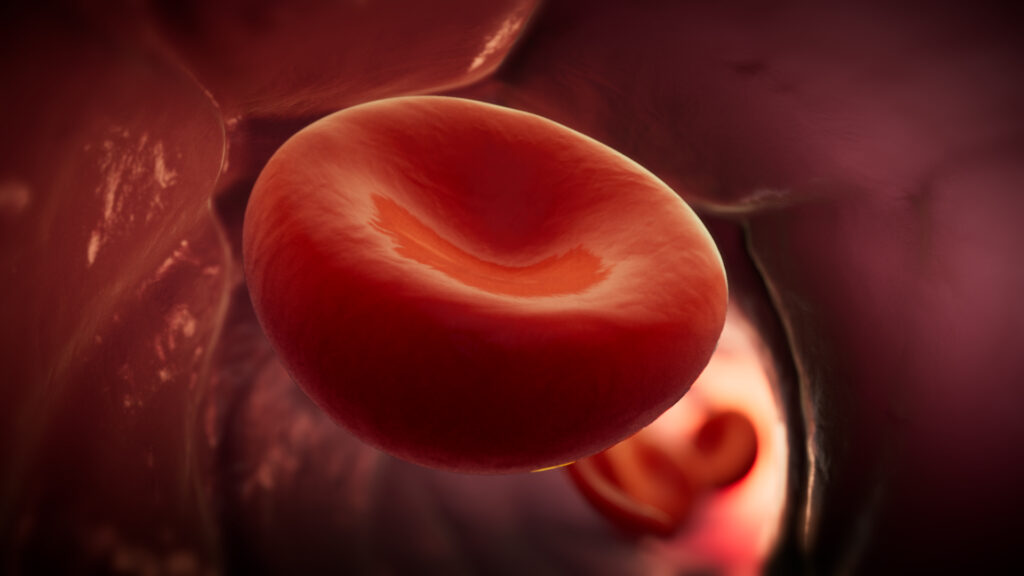Medical animation can serve several important purposes in the healthcare field. It can show how a drug functions inside the body, what happens during surgery or an imaging study, how diseases form, and how to perform self-care after surgery.
Using medical animation provides some crucial benefits, including demonstrating pharmaceutical efficacy and explaining potentially gruesome procedures in less graphic contexts. They can also outline complex procedures in simpler terms and save money compared to live-action videos or in-person training sessions.
But is medical animation a good fit for your healthcare organisation?
Describing Pharmaceutical Mechanisms of Action Through Medical Animation
A mechanism of action is the target area for a drug to kick-start changes on the molecular level. Using medical animation explainer videos to show how a drug works can showcase events that occur on a microscopic level.
A typical mechanism of action medical animation video starts by explaining the usual function of the cell or organ. Then, the video introduces the disease that infects the body before discussing the effect the drug has on it.
Instead of relying on dense data and complicated instructions, medical animation shows people a drug’s effectiveness rather than merely telling them about it. Furthermore, an explainer video can make highly complex events much easier to understand.
In these ways, medical animation is both more accessible and more inclusive than reading scientific breakdowns of the process. In fact, a recent study from the United States National Institutes of Health — reviewing 30+ prior trials on the effectiveness of video animation in medical fields — found that 63% of trials indicated “greater knowledge from animations” than from other processes.
Using Medical Animation During the Pharmaceutical Development Cycle
You don’t need to wait until a drug is approved and available on the market to leverage medical animations. Animated explainer videos can help convince stakeholders and regulators of a new drug’s potential value by demonstrating how it works on a molecular level. This, in turn, helps to validate the research and development that went into creating the drug.
Further along in the process, you can use the same video as part of a pitch deck to court investors to financially contribute to bring your drug to market. In addition, it can be useful for corporate communications, as you can show your medical animation video at industry conferences.
Using Medical Animation After Drug Approval
Once a drug is ready for the market, medical animation explainer videos serve several more important functions. Pharmaceutical sales representatives often use these videos to encourage healthcare professionals to recommend drugs to patients. Doctors and other medical professionals often have very limited free time throughout their workdays, so a succinct explainer video can help them make an informed decision without eating into their time with patients.
Medical animations are also helpful when describing drugs’ effects to patients. They can not only see how a drug works but also move past any fears they might have about introducing a new medication to their routine. This can help them understand their own health in a way that presenting them with complex charts of facts and figures often cannot.
Medical Animation as a Surgical Training Tool
In addition to pharmaceuticals, there are quite a few other ways medical professionals can use animated explainer videos. Medical animation is a great tool for training, as it can show detailed visuals to help a future surgeon gain familiarity with the procedures they’ll use in their careers.
Taken a step further, medical schools can combine medical animation with virtual reality (VR) technology to create advanced surgical training programs that allow prospective surgeons to practice procedures without the risk of harming real-life patients. A study by the National Institutes of Health shows that VR training for surgeons improved learning outcomes in 74% of studies and demonstrated “higher accuracy in medical practice” in 87% of studies.
Conclusion
Medical animation is also cost-effective, especially compared to in-person training or live-action videos. In-person training requires trainers to travel from location to location, dramatically increasing costs. Meanwhile, live-action videos often require filming physicians operating on real patients, which can be expensive, time-consuming, and uncomfortable to watch.
If you want an experienced team to produce medical animation videos for your organisation, contact Sliced Bread Animation to learn more about our offerings!
Contact us
Are you looking to create an engaging VR experience to attract visitors to your stand at your trade event? Then feel free to drop us an email at info@sbanimation.com, or give us a call on +44 (0)207 148 0526. We would be happy to help.
If you are unfamiliar with the virtual reality production process, this blog post What to expect when you work with Sliced Bread might serve to help you, it provides a complete guide on how we typically approach our projects, from concept to final delivery. It also provides information on how we structure our fees and plan the production schedule.
We also post industry related content to our LinkedIn company page, why not give us a follow?










